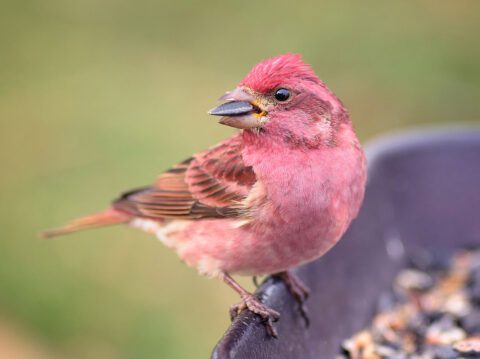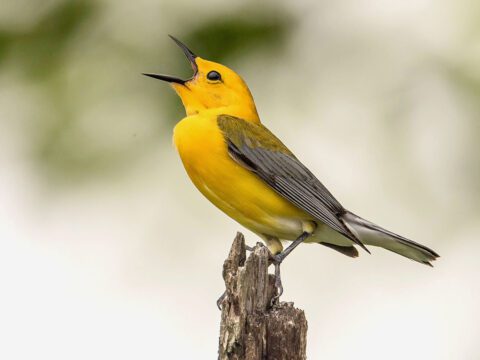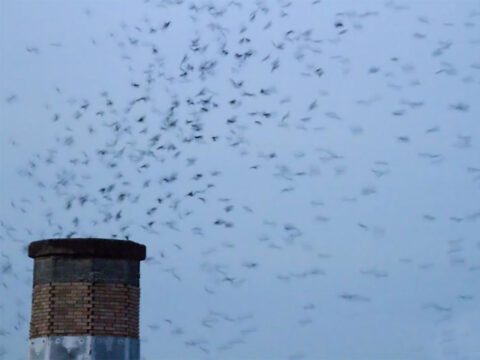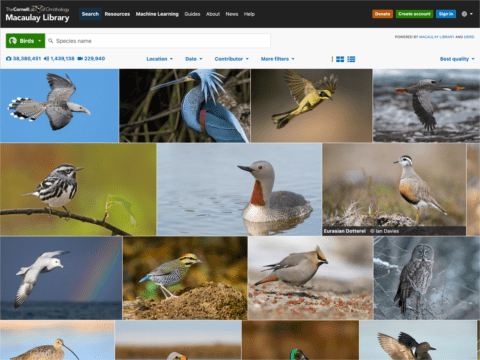In Spain, Scientists Explain What’s in Their Brains, for Conservation Gains
By Wes Hochachka April 2, 2010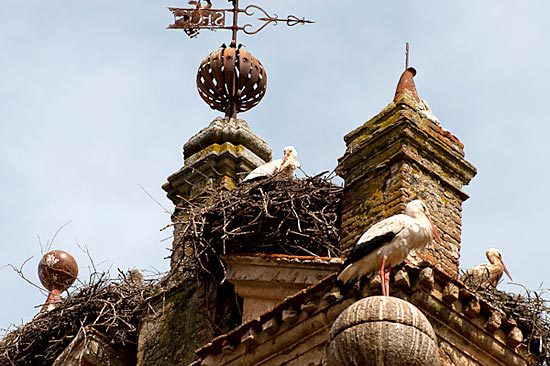
Regardless of what Rex Harrison might have so carefully enunciated in My Fair Lady, the rain is Spain is definitely widespread this year. I experienced this firsthand at a conference of the European Bird Census Council and, later, a field trip to the steppes and mountains surrounding the town of Cáceres, in western Spain.
More than 250 scientists from 40 countries gathered here to tackle the challenge of monitoring birds across the European Union. It’s hard enough in North America, where three countries are involved, but the European Union includes more than 25 countries for birds to live in or pass through, each with its own set of national monitoring organizations and schemes. Every three years since 1986, the European Bird Census Council has held this general meeting in order to increase cooperation and coordination of activities. I came away with three general impressions:
First, some countries, notably the United Kingdom, have a long history of bird monitoring, using the citizen-science model very effectively. In contrast, many eastern European countries have a great need in the face of very limited financial resources to build a core of both professional and amateur bird experts that can be called on to monitor.
In spite of these challenges, my second impression was one of a willingness and commitment for countries to work together and build capacity for bird monitoring, which is now a legal obligation for countries of the European Union. The future holds plans for an updated atlas of European birds, and hopefully an initiative to better coordinate the collation of data from emerging checklist programs in many parts of Europe.
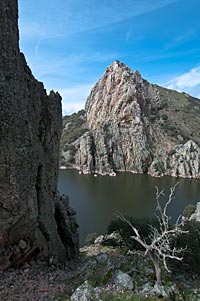 My third impression was one of optimism that the near future would see the growth and success of checklist programs, akin to eBird, in many parts of Europe. This growth would supplement the more formal monitoring work already underway. The United Kingdom has its well-established BirdTrack program, which is even now gathering supplemental data for a breeding and wintering bird atlas of the U.K. and Ireland. Other national and subnational checklist programs have more recently started, with more likely to follow soon. Given our own recent experience with eBird in North America, I hope that these upcoming checklist programs will provide European ornithologists with similar year-round information on the distributions of birds.
My third impression was one of optimism that the near future would see the growth and success of checklist programs, akin to eBird, in many parts of Europe. This growth would supplement the more formal monitoring work already underway. The United Kingdom has its well-established BirdTrack program, which is even now gathering supplemental data for a breeding and wintering bird atlas of the U.K. and Ireland. Other national and subnational checklist programs have more recently started, with more likely to follow soon. Given our own recent experience with eBird in North America, I hope that these upcoming checklist programs will provide European ornithologists with similar year-round information on the distributions of birds.
After a few days of talks we all assembled for a field trip through the countryside around Cáceres. Though much of Europe’s landscape, by North American standards, is human-dominated—a patchwork of small farms, forest patches, and towns—many parts of Spain are quite wild, with large expanses of prairie-like steppes grazed by cattle and sheep, and broad oak woodlands called dehesas, where livestock also graze. These large and relatively undisturbed habitats have made Spain the European center of abundance for many species representative of the Mediterranean basin. Spain’s diversity of nesting raptors rivals or exceeds anywhere in North America, and Spain also offers species more typically associated with Africa or the Middle East, such as bustards and sandgrouse.
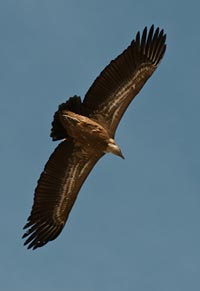 In spite of cool and blustery conditions with intermittent rain, we were treated with views of many bird species that call this region home: Little and Great bustards, Pin-tailed Sandgrouse, and 11 species of diurnal raptors (and we even missed a few). The most massive of the raptors were the vultures, hundreds of Eurasian Griffon Vultures (Gyps fulvus; at left) and several of the even larger European Black Vulture (Aegypius monachus). To put the sizes of these vultures into perspective, a seemingly mid-sized hawk drifting among them turned out to be a Spanish Imperial Eagle—a bird roughly the size of a Golden Eagle!
In spite of cool and blustery conditions with intermittent rain, we were treated with views of many bird species that call this region home: Little and Great bustards, Pin-tailed Sandgrouse, and 11 species of diurnal raptors (and we even missed a few). The most massive of the raptors were the vultures, hundreds of Eurasian Griffon Vultures (Gyps fulvus; at left) and several of the even larger European Black Vulture (Aegypius monachus). To put the sizes of these vultures into perspective, a seemingly mid-sized hawk drifting among them turned out to be a Spanish Imperial Eagle—a bird roughly the size of a Golden Eagle!
Our time away from the conference rooms helped everyone attending this European Bird Census Council conference to appreciate the natural heritage of Spain, a heritage that, as in so many parts of the world, is in need of careful stewardship in the face of ever-intensifying agriculture.

All About Birds
is a free resource
Available for everyone,
funded by donors like you
American Kestrel by Blair Dudeck / Macaulay Library

